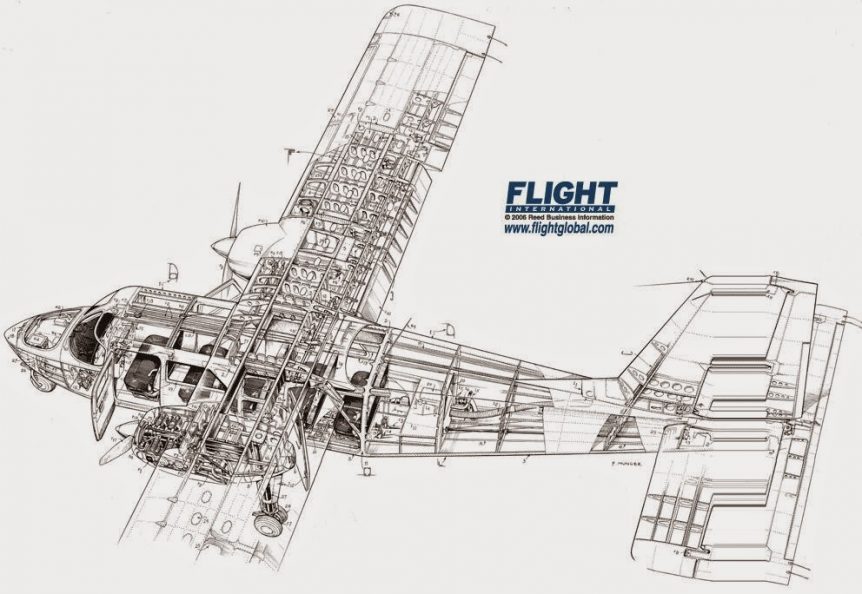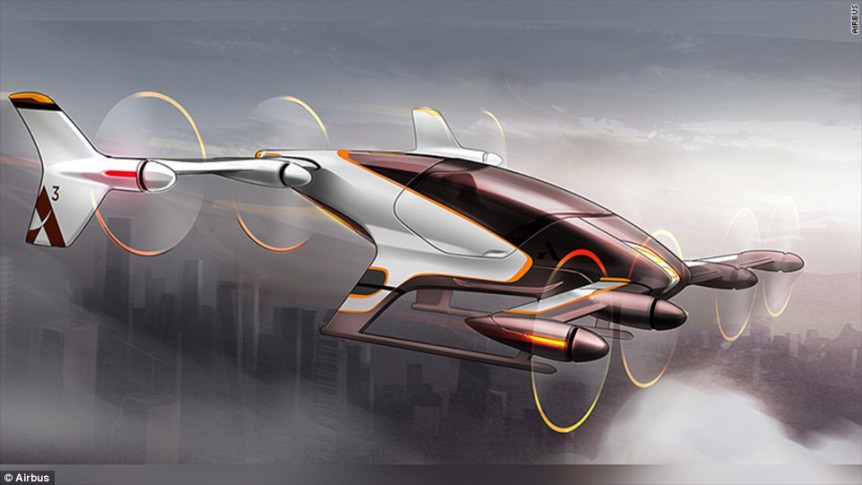An Eccentric Problem It seems quaint and charming, typically British as we used to understand them from vintage films. The idea of taking a 1.7 mile flight from Westray in the Orkney Islands to Papa Westray within visual range may seem a bit eccentric. The landing on the beach at low tide seems even more so. Loganair, which serves the Orkney Islands, experiences many ups and downs in a day, their longest flight taking a mere 15 minutes. Twice-a-day flights between the Westrays can be disrupted by North Sea weather, as can boat passages between the islands, which often take two turbulent hours. Obligingly, the airline offers flex tickets good for essentially – whenever. Fares seem reasonable, though, a one-way trip either way costing 7.25 Pounds ($8.72). Beyond the scheduling difficulties, operation of air-cooled engines for such short flights does not promote long periods between overhauls. Electric motors are ideal for such duties. A Reasonable Solution Cranfield University in the …
Your Flying Car is on Its Way – How Soon?
Uber is projecting real-world approaches to personal transport in urban environments. Their work with Airbus affiliate A3 could help unlock gridlock for all of us. Gridlock wastes millions of hours of otherwise productive time, a key measure of “the good life.” With eVolo having demonstrated that 16 rotors can carry the weight of two people, and eHang showing a drone-like device that can carry one passenger on a 20-minute hop, urban mobility may soon become less depressing and more uplifting. Other vehicles wait in the wings, so to speak, with the main impediment being regulatory gridlock. Uber Elevates the Discussion Uber Elevate, a project on which Uber and Airbus are collaborating, published a 98-page white paper last November, Fast-Forwarding to a Future of On-Demand Urban Air Transportation. Written with contributions from Uber personnel (including Airbus’ A3), NASA, and private individuals, the paper outlines the aerial possibilities Uber intends to follow. In the meantime, Uber notes, “A study in the American …


